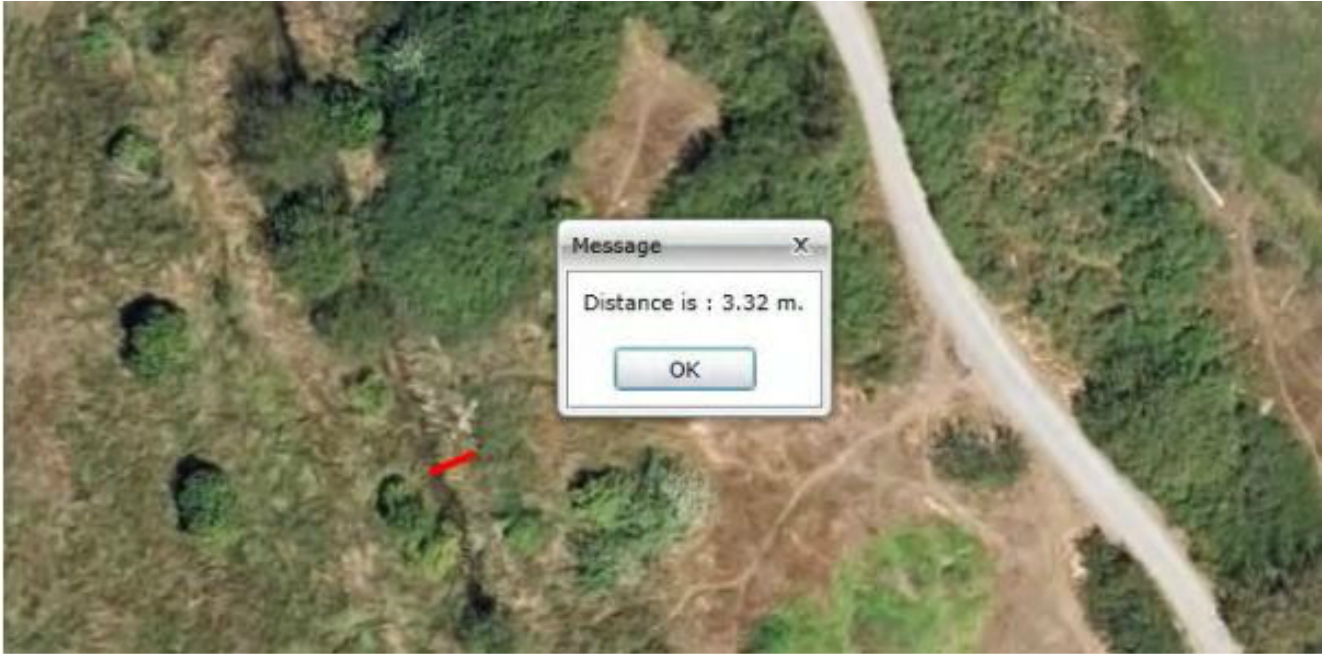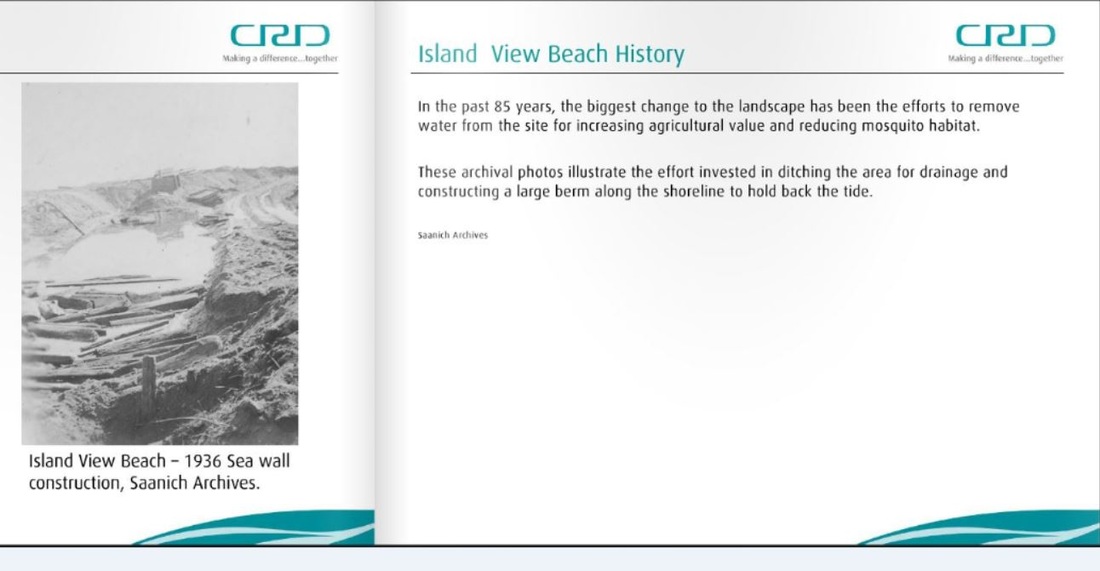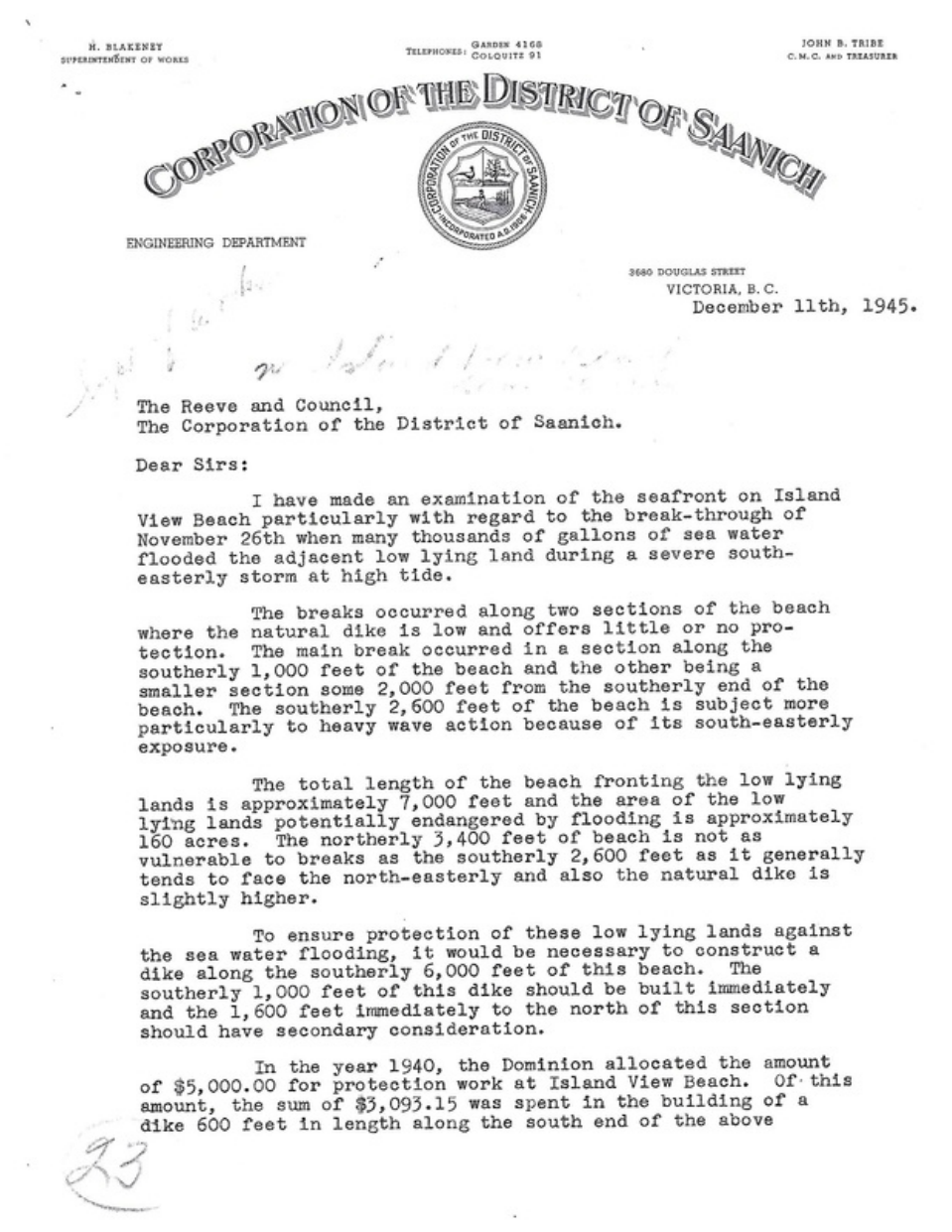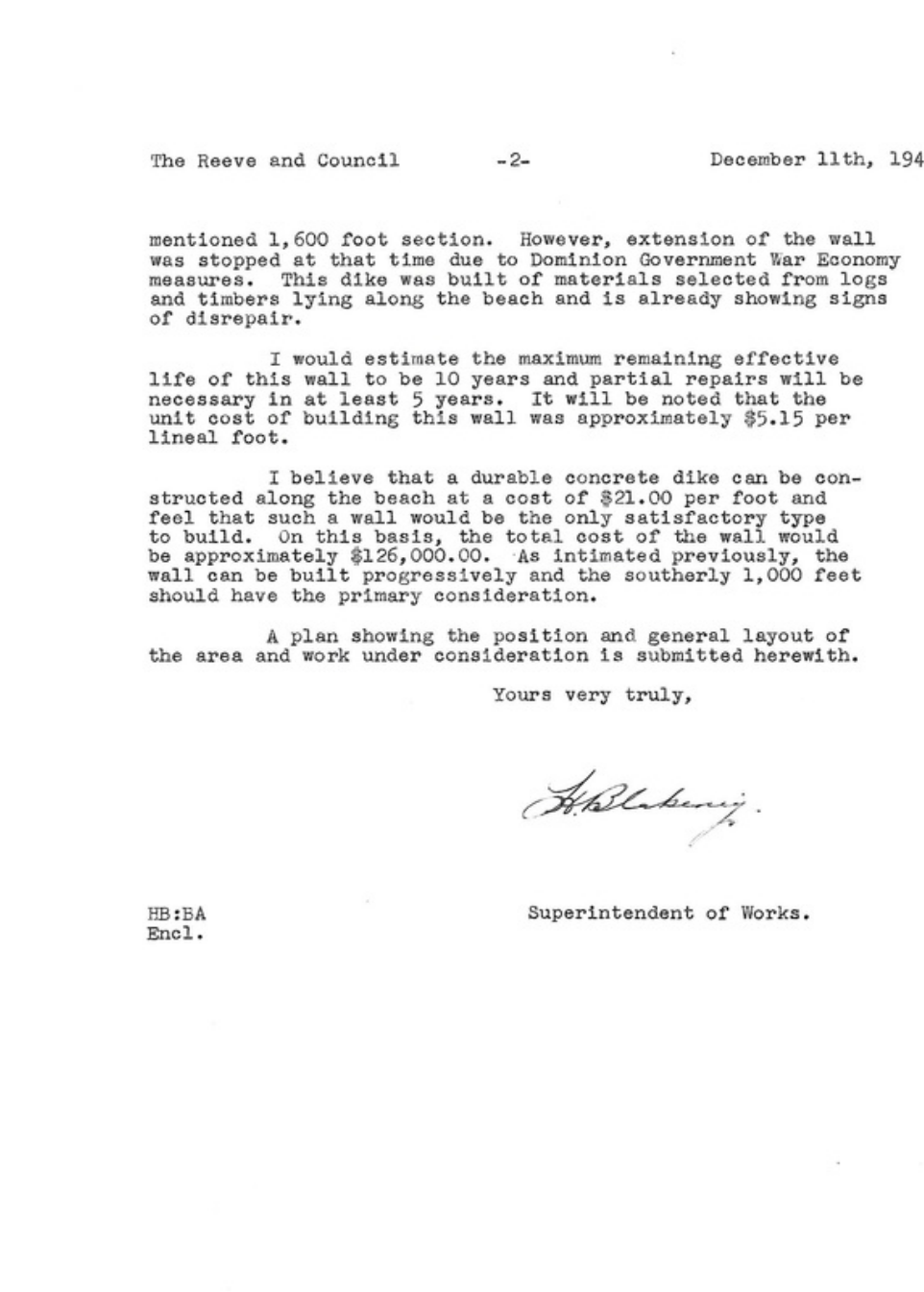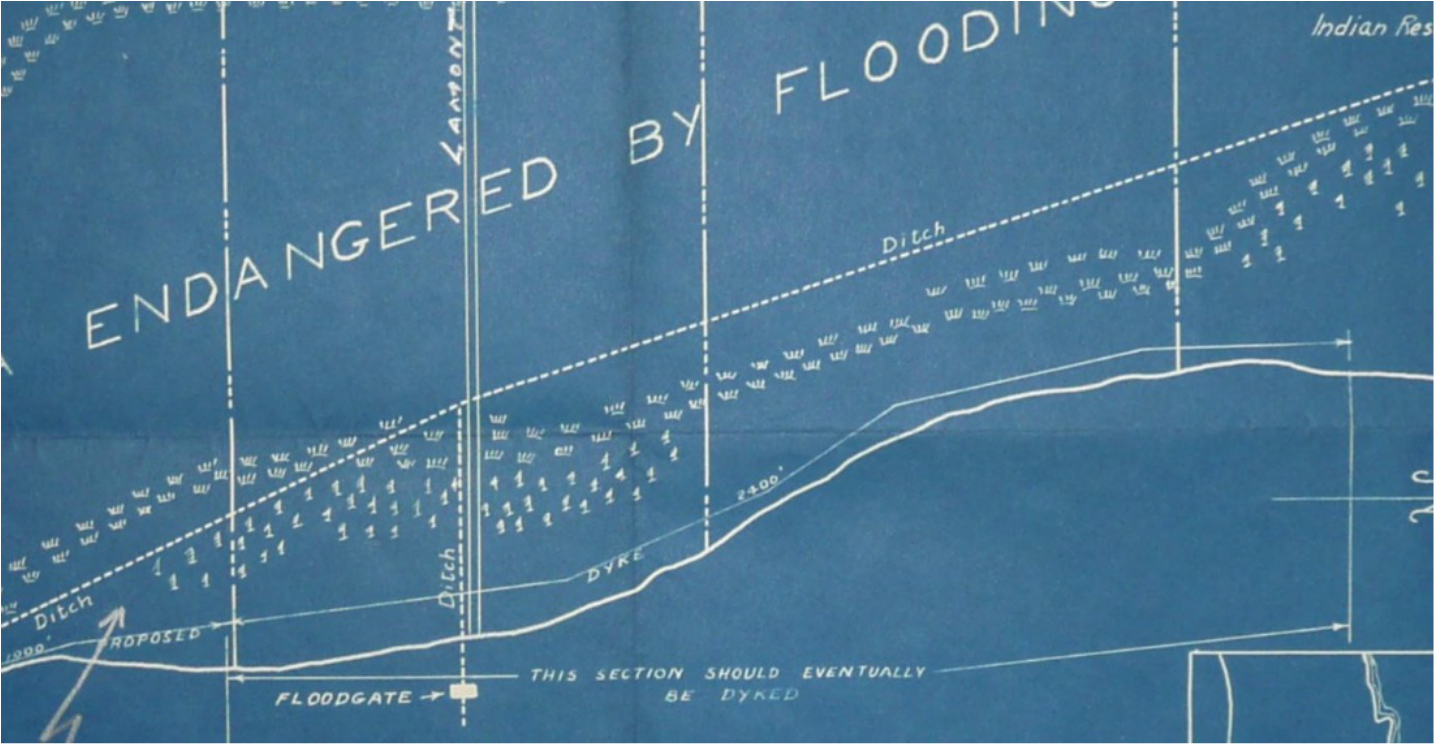The CRD's exaggerations and fabricated stories about the mosquito drainage ditches.
The history of the 1936 mosquito drainage project is documented on our site here
In summary, the project was for the sole purpose of draining mosquito breeding grounds. It was initiated in June and finished in September 1936. This included digging the ditches south of the Tsawout lands, and installing new flapper gates on the pre-existing Tsawout ditch system, and on this new south ditch system. The work was designed by the Engineer for the District of Saanich. An inspection by the Federal Ministry of Agriculture in June 1937 reported that "all swampy mosquito-breeding places within the area covered by the drainage works have been eliminated ... the absence of mosquitoes is evidence of the success of the enterprise."
It is a tribute to the Saanich Engineer that a survey commissioned by the CRD in 2011 showed the ditches still have good fall from the furthest point in the north west to the outfall. See our web page about for that survey detail.
In short, the mosquito drainage system of 1936 was done in just three months, and it drained true then, and the bottom of ditch still has its true grade to the sea.
Contrast this to the fabrications and exaggerations in the CRD presentation. We use here the actual presentations made by the CRD to the public meetings (they changed these somewhat several months later).
Look at the false statements!
Below is an aerial view of the park using the CRD web atlas. It shows a portion of the main north-south ditch - the largest ditch in the northern portion of the park. The CRD claims the average width of the ditches is 3.4m. Superimposed on the photo is a red bar, that the CRD Atlas shows is measured as 3.32m. Compare that to how much smaller the main north-south ditch is. The CRD claim that the average width of all the ditches is nonsense.
- "Considerable effort has been made to drain the coast marshes". False. It was a three month job in 1936
- "The ditches have an estimated average width of 3.4m." False - more like 1m average.
- "... ditches are imperfectly drained and have limited flow". False - the CRD's own survey show the ditches had good slope. Any issue with flow is because CRD Parks have not cleaned the ditches properly in over 25 years.
- "It is estimated that during summer there would be 1.5m wetted width in the ditches resulting in over 1.1ha or 2.7 acres of relatively stagnant wetted area." False - the ditches in the park are mostly dry in the summer.
Below is an aerial view of the park using the CRD web atlas. It shows a portion of the main north-south ditch - the largest ditch in the northern portion of the park. The CRD claims the average width of the ditches is 3.4m. Superimposed on the photo is a red bar, that the CRD Atlas shows is measured as 3.32m. Compare that to how much smaller the main north-south ditch is. The CRD claim that the average width of all the ditches is nonsense.
This is pure fabrication by the CRD:
- "In the past 85 years, the biggest change to the landscape has been the efforts to remove water from the site for increasing agricultural value ....". This is a fabrication - the CRD has owned this site for the last 50 years so there has been no agricultural use, and certainly in the last 25 years CRD Parks made no effort at all to keep the ditches clean!
- "These archival photos illustrate the effort invested in ... constructing a large berm along the shoreline to hold back the tide". Another complete fabrication. There was no berm built here even as late as 1945! See below the December 1945 letter and map from the Saanich Superintendent of Works. In the map he shows that in 1940 there had been a short wall built at the end of what is now Island View Road out of beach logs and other materials - and that there were no other man made berms anywhere along Island View Beach to the north or south. His letter describes what is now the CRD sea front as "The northerly 3,400 of beach is not as vulnerable to breaks as the southerly 2,600' as it generally tends to face the north-easterly and also the natural dike is slightly higher." His map indicated that a dyke of 2,400' should be built from a point roughly where the CRD picnic shelter is, running north into the Tsawout lands. (The map is too large to fit here so only the portion relating to the CRD sea front is shown.)

